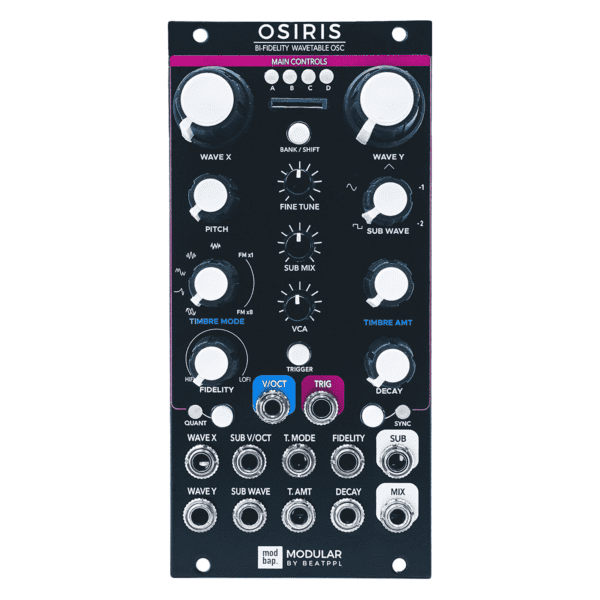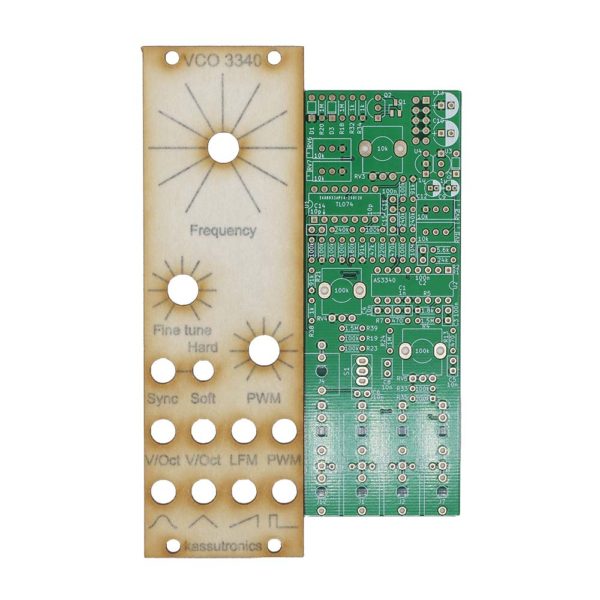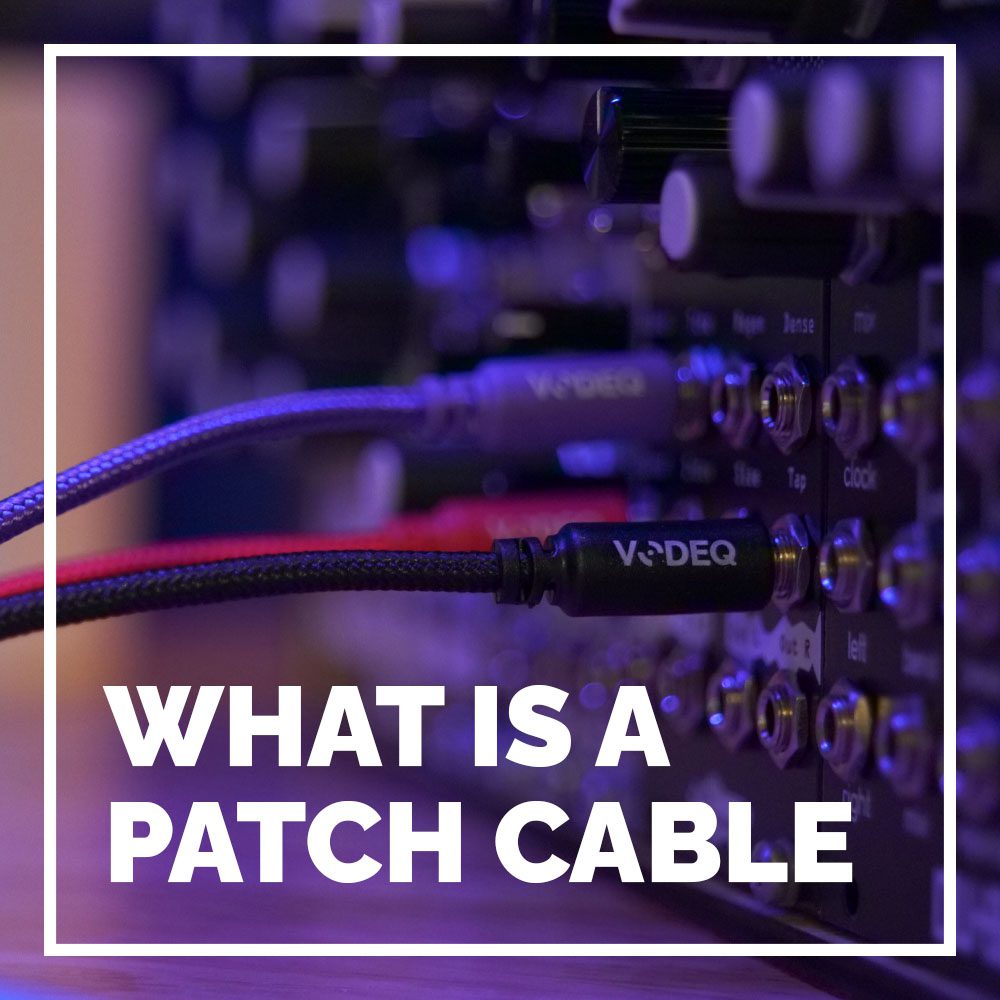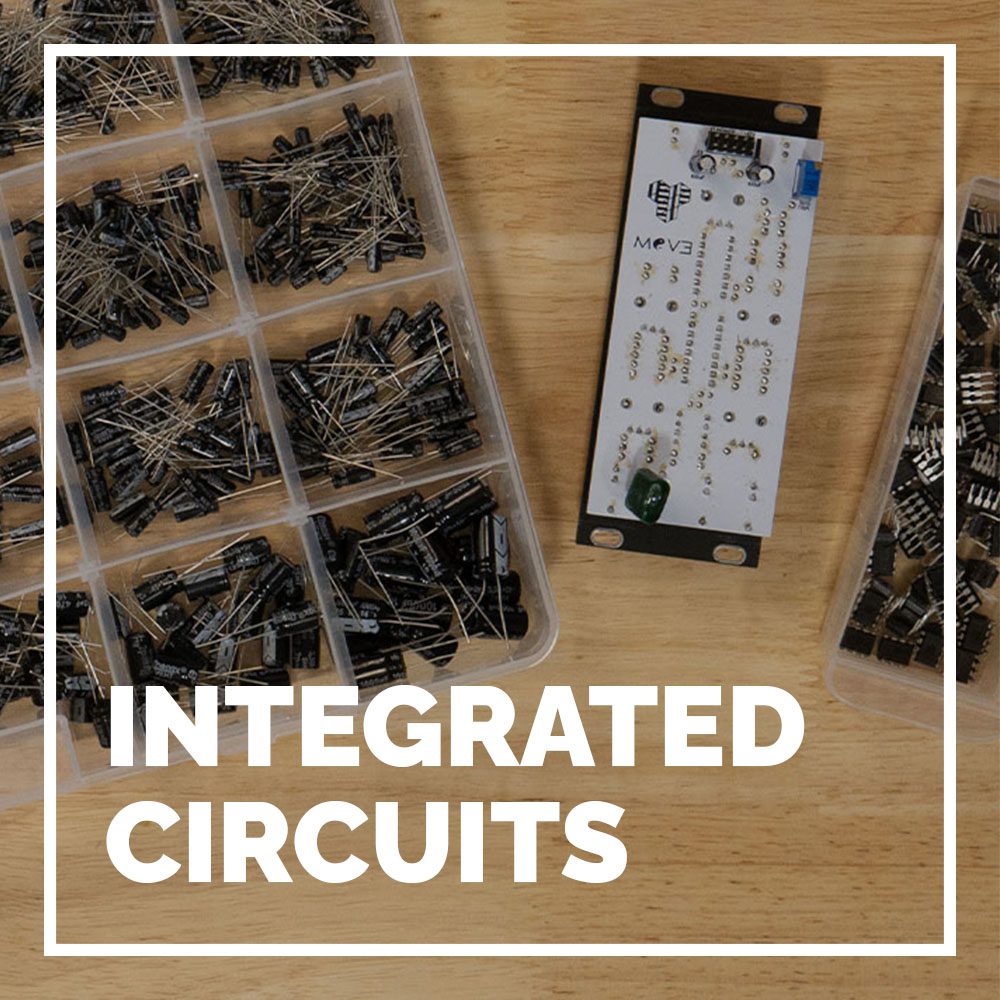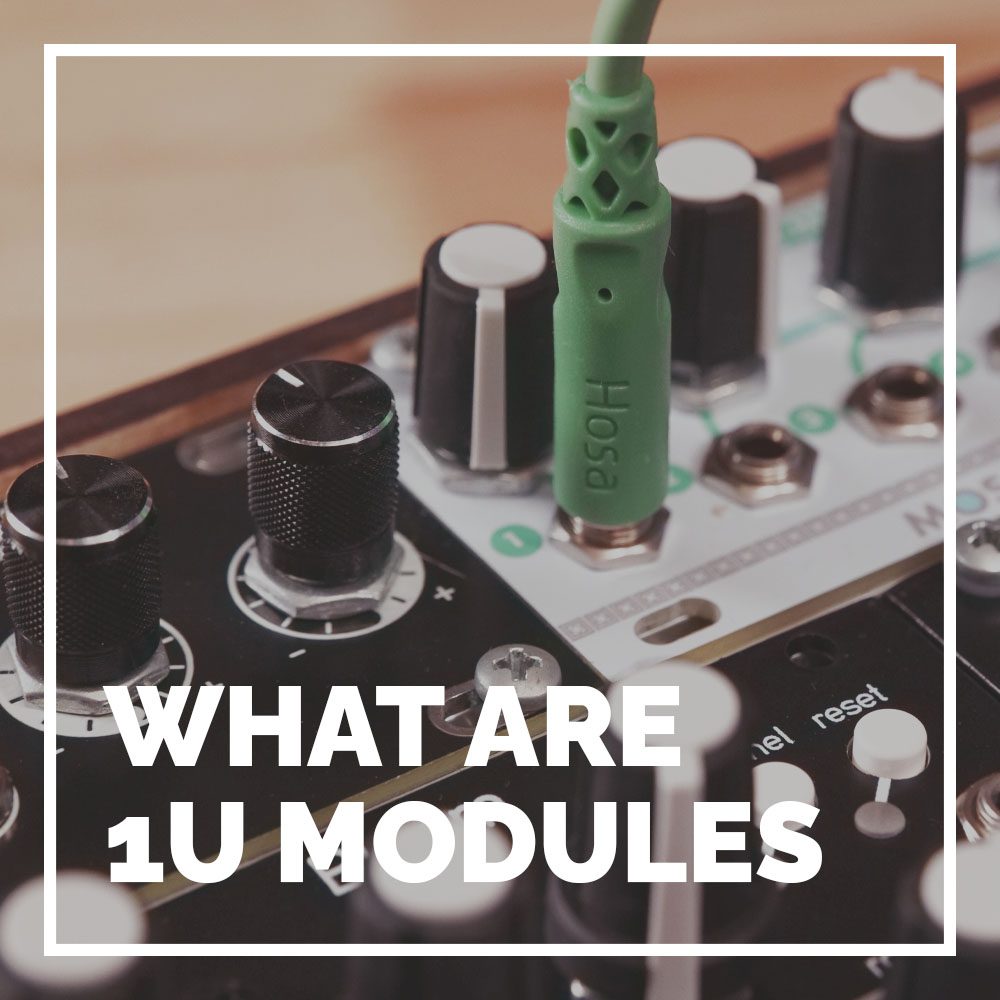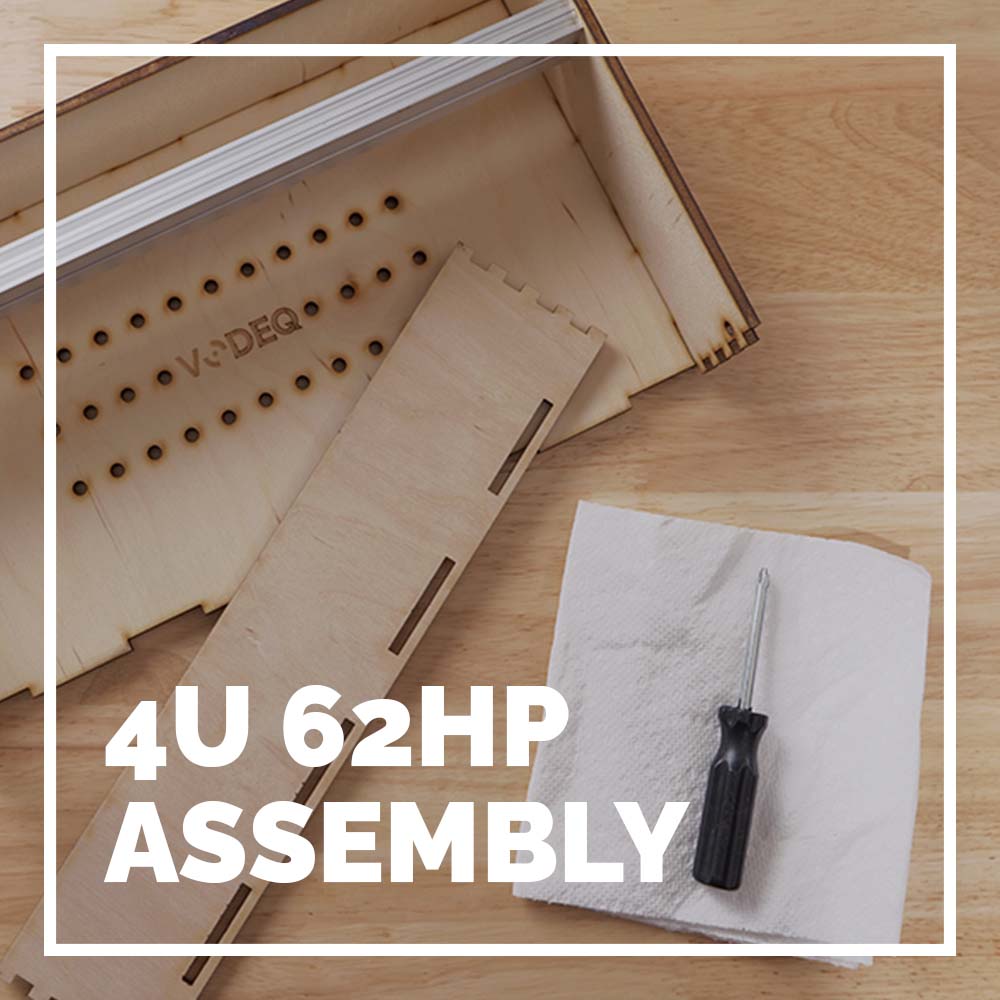When dipping your toes into the Eurorack space, the first decision to come up is usually going to be “What oscillator(s) should I purchase?”. Unlike typical all-in-one synthesizers, venturing into the realm of modular gives you significantly more control and sound possibilities, allowing you to pair unconventional and unexpected pieces together to create unique sounds and textures.
Analog or Digital
When researching oscillators, you’ll undoubtedly find no shortage of people arguing whether digital or analog is the best type. Consequently, one might think the differences between digital and analog are the most important factors in determining what type of sound you’ll get out of your module. While there’s some debate about this topic, I’ll try to stay unbiased and say that it is only part of the sonic equation. That said, let’s look at the differences.
Analog Oscillators
How do they make sound?
The key difference between analog and digital oscillators is in how they create sound. Analog oscillators function by using a circuit that uses common electronic components to create an electronic voltage in a specific pattern (or waveform).
How does it sound?
Sonically, many of the things that people view as desirable about analog oscillators come down to their imperfections. Because electronic components usually have slight differences from piece to piece, and react to changes in temperature and voltage in unique ways, it’s impossible to get two oscillators (or even two circuits on one oscillator) to behave the same way. As a result, they’ll often have slight variations in pitch, frequency response, wave shape, etc.
Is it right for me?
For people interested in or inspired by the classic synthesizer sounds of the 70s and 80s, there’s no better choice than an analog oscillator. Additionally, if you’re just getting started in the world of synthesizers, choosing an analog oscillator will make you more familiar with the inner workings of synthesizers, and give you a more general foundation to build on in your future synthesis adventures.
Digital Oscillators
How do they make sound?
In contrast to analog, digital oscillators use a processor to create this specific pattern (waveform), which is then fed as a series of ones and zeroes to a specialized chip. This chip takes this “digital” information and converts it into a voltage.
How does it sound?
Because you aren’t limited to working within the confines of conventional electronic circuits, digital oscillators are able to make a much wider range of sounds (often off of a smaller physical footprint). Where analog oscillators often get off pitch due to minor discrepancies in components and variations in temperature, digital oscillators are capable of always producing true, on-pitch signals in any circumstance. Additionally, they often offer a wider variety of sound possibilities within one module, going far beyond the typical sine, triangle, square, and sawtooth waves found on analog oscillators.
Is it right for me?
If you’re looking to put together ethereal, modern, or complex electronic music and textures, choosing a digital module is likely your best option. This is due to the wider range of sonic possibilities available on digital modules, and many of the “inferior” sonic characteristics will be masked by effects and post processing.
OUR PICK FOR
Digital Oscillator
One of our favorite digital oscillators is Osiris – a wavetable oscillator from Modbap Modular. Osiris comes packaged with 128 wavetables (keep your eyes out for an article on the different types of synthesis coming soon!), giving you lots of flexibility, but where it really shines is in its timbre and fidelity controls.
In addition to the standard features present on most oscillators (fine tune, pitch), Osiris has a selection of modulation functions allowing you to dirty up the sound, adding a little analog character back into the mix.
OUR PICK FOR
Analog Oscillator
If you’re looking to pick up an analog oscillator to complement your Eurorack system, we think the natural first choice is a 3340 based oscillator, like the Kassutronics VCO 3340.
In 1979, Doug Curtis founded Curtis Electromusic Specialties, a company dedicated to designing and manufacturing integrated components for synthesizers and other audio applications. The CEM3340 chip he released would go on to find its way into many iconic synths, including the Memorymoog, Oberheim SX, Jupiter 6, and the Prophet V.
While the original 3340 IC has been retired for a long while, the iconic design lives on in numerous clones. There are many 3340 based oscillators available in the Eurorack space today, but the VCO 3340 from Kassutronics is our current favorite, due to it’s affordable price, easy assembly, and wealth of controls. If you’re looking for a pre-assembled (non-DIY) oscillator, we’d recommend looking into the Electrosmith 3340.
